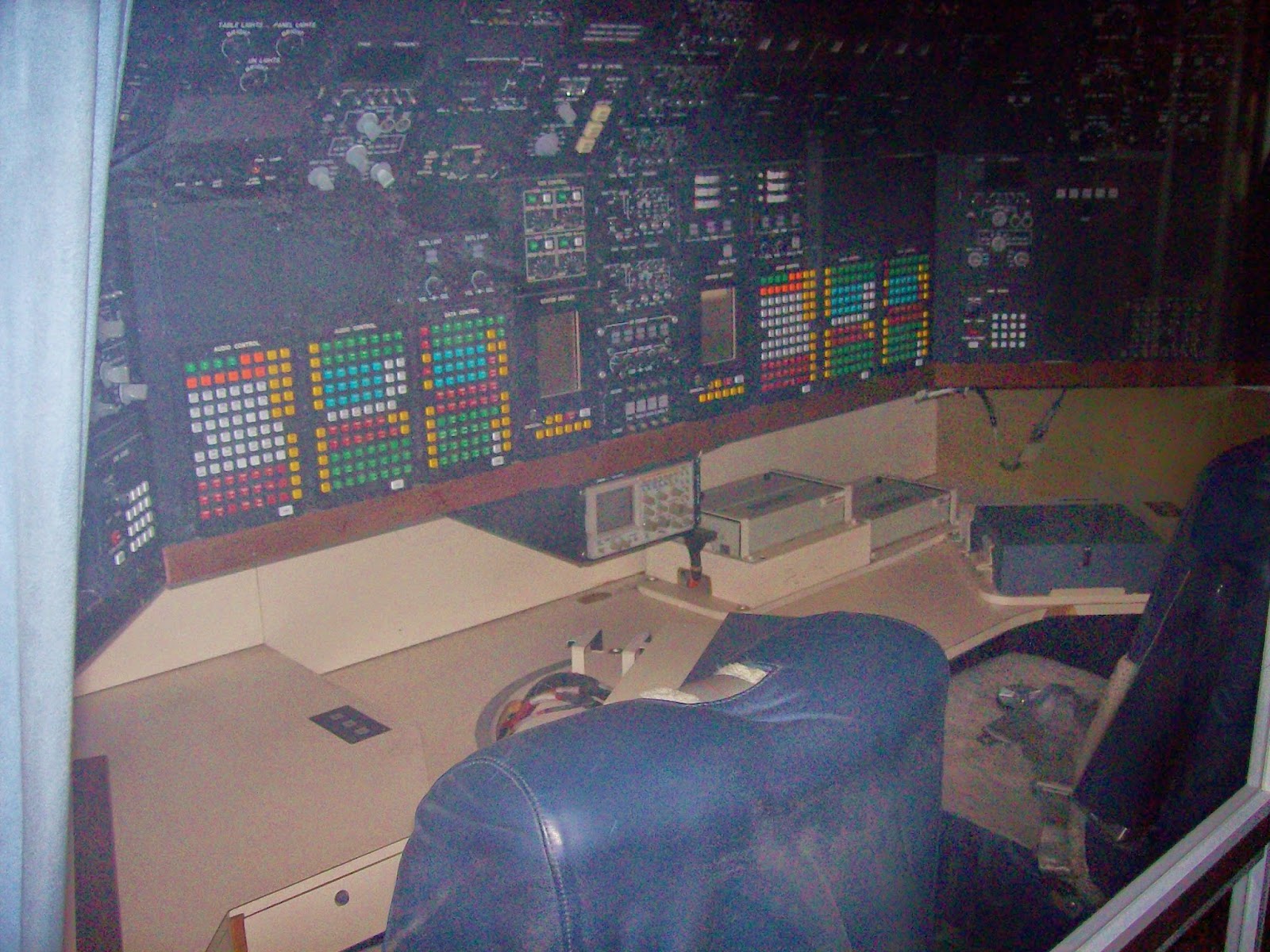Artist's Gallery
 |
| Beginning in Oils |
Here is the beginning of another painting. Only this time, it's not the same old acrylic paint to which I am so loyal. After much persuasive talk from various artist acquaintances, I finally gave in and decided to try painting in oils. It's much more complicated than it sounds. I pretty much had to buy a whole new set of art supplies: oil paints (of course), paint brushes with oil-resistant glue holding the bristles in, and oil-quality canvas that wouldn't dissolve or become brittle under the oil chemicals. And instead of rinsing my brushes with water, I needed a special turpentine solution that would remove the oily paints. After cleaning my brushes, all the dirty paper towels had to be burned to prevent spontaneous combustion, and wet painting carefully transported home. I soon concluded that oils were, in a word, very messy. But still worth a try.
So here we go. To begin, I "watered" the paint down using a special thinner for oils, and applied a wash to cover the entire canvas. I tried to get the light and dark tones placed correctly, even if the colors were a bit off. This is based off a photograph, which I actually used for a watercolor a while back. You can check it out right here, and compare as the painting progresses.














